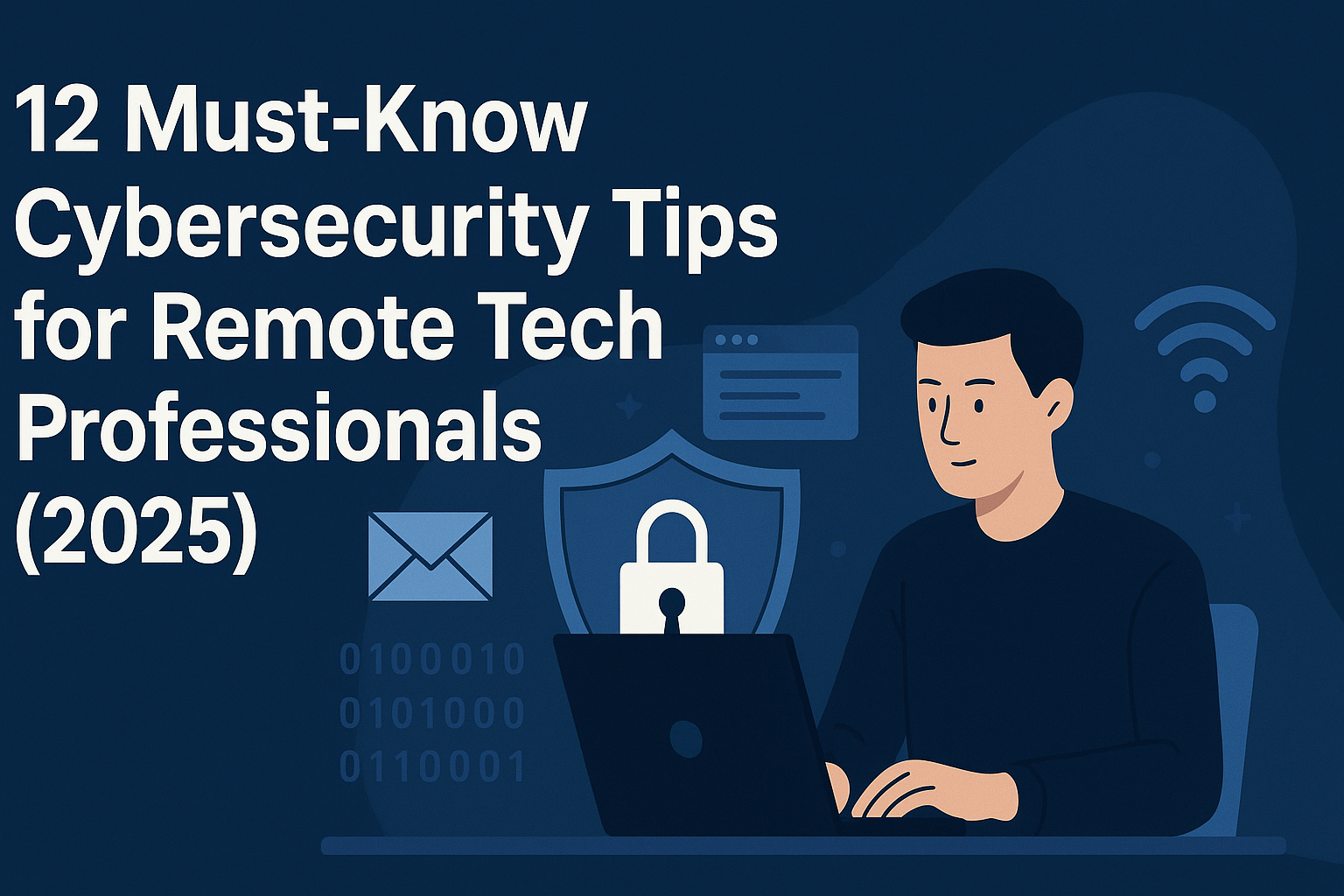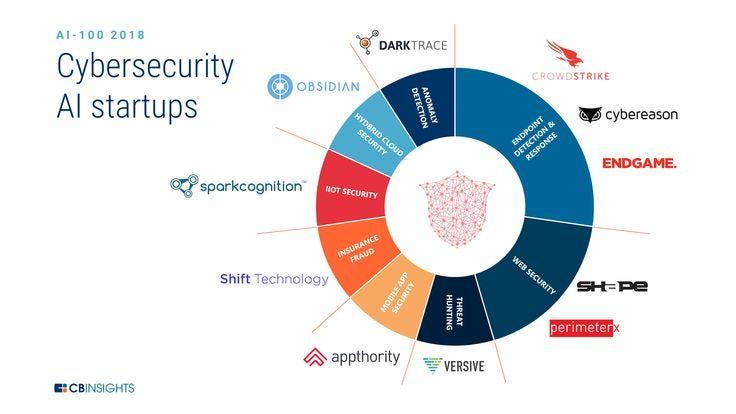Consumers lose billions of dollars every year to financial fraud and scams. Having your banking information stolen not only puts the money in your accounts at risk, but fraudsters can use the information to set up additional accounts and take out other financial products in your name.
Unfortunately, as convenient as online banking and online shopping are, online activities open you up to more potential scams than offline activities. As such, you must take additional precautions to protect your financial information.
1. Do Your Research
Whether you're shopping online or signing up for an online banking account, research the site you're using. Check they're reputable, have good reviews from other users, and publish their security policies.
If you're signing up for gaming accounts or subscriptions take similar precautions. And choose an iGaming site that uses reliable, secure software. Using cryptocurrency at any of these sites, where available, offers an extra layer of security: many such casinos in Australia allow you to deposit Bitcoin or other currencies. Use a reputable exchange, get a secure wallet, and utilize cryptocurrency's additional layers of security.
2. Use Strong Passwords
For all online accounts, from gaming to banking accounts, use secure passwords. Choosing a secure password means opting for one that uses lowercase and uppercase letters, numbers, and special characters while avoiding any string of characters that might be relevant to you or easy to guess. You can use a password generator to help create ultra-secure and random passwords.
Although it can be difficult to manage all of your passwords, you should try to use different passwords for every online account you have. Otherwise, if a scammer gets your password to one site, they will have your password for others.
3. Enable Biometric Identification
Biometric identification includes fingerprints, thumbprints, and facial recognition. Many modern devices, including cell phones as well as other mobile devices, and even laptops, offer this type of secure identification. Not all are completely foolproof, but enabling these security features adds another layer to your security.
Don't use biometric identification in place of passwords or other security measures, though.
4. Use Two Factor Authentication
The more layers of security you can add, the more secure your details will be. Biometric identification can help prevent unauthorized access to your devices, while secure passwords make it more difficult for scammers to gain access to your accounts.
Some accounts will also offer two-factor authentication. With this, a code is messaged to your phone or displayed on a secure 2FA app. The code is valid for a short period, and you have to use that code to access the site in question.
App-based two-factor authentication is considered more secure than text message authentication, and there are apps from companies including Google and Apple that offer this function. The best online casinos, as well as financial websites, offer 2-factor authentication as standard.
5. Enable Failed Login Notifications
Some accounts, especially financial accounts, offer a feature that emails or messages you to let you know if there has been a failed login attempt on your account. This enables you to check your accounts, change passwords if necessary, and inform the company you have the account with.
Not all accounts offer this function, and you will usually have to enable it before you start receiving messages, but once enabled, don't ignore the warnings. Use it as an opportunity to check all of your security protocols, make sure your software and apps are updated, and double down on your online security steps.
6. Update Your Operating System
The operating system of your computer or other device can be the weakest link when it comes to security. Most hackers and malicious software authors target Microsoft Windows because it is the most popular OS in the world, but there are a rising number of programs targeting Apple and Android, too.
All operating systems have some security features built-in, and if the OS company is made aware of any holes in its software, it will deploy updates to plug those holes. Ensure you regularly download and install updates for your operating system to be sure you have the latest security features.
In most cases, you can have the operating system check for updates automatically. Set the updates to run while you're not using your computer, but periodically check that you have the latest system software installed. Alternatively, choose an operating system that is designed for greater security.
7. Install Security Software
While operating systems do have some security features and they should be designed to be as secure as possible, it isn't enough to protect all of your software and online accounts. You will need specialist security software or antivirus software.
Although free software is available, this can have limited features and may not update as regularly as commercial paid software. Antivirus software doesn't have to cost a fortune --- even an inexpensive program can offer features like full system scans, password managers, and anti-phishing features.
8. Update Your Security Software
Just like your operating system, your security software is only as effective as its last update. And, also just like operating systems, antivirus programs can be set to automatically check for updates.
This is especially important with antivirus because the latest virus definitions help protect you against known threats and malware. However, any software that connects to the Internet could have security vulnerabilities, so you should check and update all software regularly.
9. Use A VPN
A Virtual Private Network (VPN) is a service that you connect to whenever you go online. It encrypts and hides all your data while you're on the Internet, which is not only good for privacy and for enabling access to geo-restricted content, but it also helps prevent personal data from falling into the wrong hands.
If you have to use public Wifi, you should use a VPN as a matter of course, but you can also enjoy enhanced security by using one of these services at home.
10. Avoid Clicking On Links
Social engineering and phishing scams are among the most common methods used by scammers to gain access to peoples' accounts. Scammers set up fake websites and then encourage people to enter their login details and security credentials on the fake site, effectively handing over their account details to the criminal.
Phishing scams most commonly arrive by email, although text and even social media instant messages can also contain links to fake websites. Never click on links purporting to be from your bank or other online account. Instead, use the website address for that account.
If in doubt, call the company to check whether they have sent any emails. But don't use phone numbers in the email you received.
11. Check Your Accounts Periodically
For some people, it is a habit to check their accounts every day, but this isn't true for everybody. If you don't check your accounts regularly, it could take days or weeks before you even notice that your personal details are being used unlawfully.
Check bank accounts every couple of days and look for suspicious activity. Also, log on and check your credit score. This can help identify if anybody is trying to use your accounts or personal details to open new accounts, or if you have been subject to any other scams.



